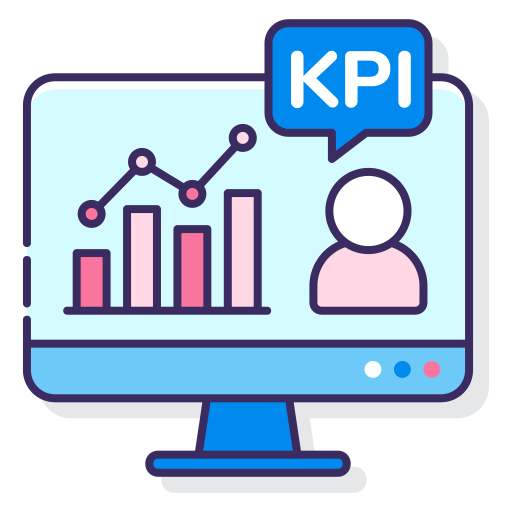APM (Application Performance Monitoring) tools are software applications that help monitor and manage software applications’ performance. They provide insights into various aspects of an application’s performance, including response time, resource utilization, and overall system health.
APM tools work by collecting data from various sources, including application logs, server metrics, and user behaviour. They use this data to identify performance issues, such as slow response times or high resource utilization, and to provide insights into the root cause of these issues.
APM tools work by collecting data from various sources, including application logs, server metrics, and user behaviour. They use this data to identify performance issues, such as slow response times or high resource utilization, and to provide insights into the root cause of these issues.
Application performance monitoring tools use a variety of techniques to collect and analyse data, including:
Code instrumentation: APM tools can be integrated with an application’s code to provide detailed insights into how the code is executing and where performance issues may be occurring.
Network packet capture: APM tools can capture network traffic to provide insights into how an application is interacting with other systems and services.
Synthetic transactions: APM tools can simulate user interactions with an application to test performance and identify potential issues.
Machine learning and AI: APM tools can use machine learning and AI techniques to identify patterns in data and to provide insights into potential issues that may not be immediately apparent.
Once data has been collected, APM tools use various analytics techniques to identify potential issues and to provide insights into how these issues can be resolved. They can also provide alerts and notifications to administrators when performance thresholds are exceeded or when issues are identified.
Benefits of Application performance monnitoring Tools:
APM tools provide a wide range of benefits, including:
- Improved application performance and user experience.
- Faster resolution of performance issues.
- Better insights into application behaviour and usage.
- Improved collaboration between development and operations teams.
- Increased efficiency and productivity.
In conclusion, APM tools are essential for ensuring that software applications run smoothly and efficiently. They collect and analyse data from various sources to identify performance issues and provide insights into how they can be resolved. By using APM tools, organizations can improve application performance, user experience, and efficiency, while reducing the time and resources required to manage and maintain applications.
In today’s world, there are several APM tools that are commonly used in Enterprises. Such tools include New Relic, Dynatrace, Datadog and many more.
At Vays, we specialize in handling a variety of monitoring tools essential for your operations. Our highly skilled engineers not only assist with the setup, installation, and configuration of these tools, but are also adept at managing L0, L1, and L2 alerts, ensuring your systems run smoothly and efficiently. To learn more about our comprehensive IT Operations services, we invite you to visit our website CLICK HERE

What are the benefits of APM?
Technical benefits
Business, operations, application, and development teams can expect to enjoy a number of practical benefits from adopting APM practices and tools, such as:
- Increased application stability and uptime
- Reduced number of performance incidents
- Faster resolution of performance problems
- Faster and higher-quality software releases
- Improved infrastructure utilization
Concrete business benefits
Business benefits include:
- Improved developer and operational productivity
- Increased time spent on innovation
- Better user experiences
- Increasing revenue
- Reduced operational costs
- Increasing conversion rates

